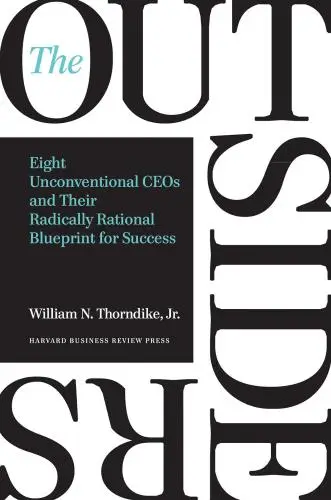The Outsiders
Eight Unconventional CEOs and Their Radically Rational Blueprint for Success
What is The Outsiders about?
The Outsiders delves into the world of eight unconventional CEOs who defy the norms of corporate America. This insightful book reveals how their unique strategies and minimalistic approach to management have led their companies to outstanding success. Thorndike meticulously analyzes the common traits that set these leaders apart, from their focus on capital allocation to their ability to think independently. Perfect for aspiring leaders and those intrigued by the less-trodden paths to corporate success, The Outsiders offers a masterclass in effective leadership and innovation.
About the Author
William N. Thorndike Jr. carves a niche in the business literature realm with his sharp analytical prowess, showcased in his seminal work, "The Outsiders: Eight Unconventional CEOs and Their Radically Rational Blueprint for Success". Through compelling narratives and rigorous analysis, Thorndike brings to light the unconventional yet wildly effective strategies of eight maverick CEOs. His writing style blends engaging storytelling with deep business insights, making complex concepts accessible. Thorndike's work stands out for its celebration of unconventional wisdom in the pursuit of extraordinary success.
10 Key Ideas of The Outsiders
Prioritize Capital Allocation Over Operational Expertise
The most successful CEOs focus intensely on capital allocation, recognizing it as their primary job. They understand that how a company's resources are deployed determines its long-term success more than operational details. These leaders allocate capital to projects with the highest potential returns, divest underperforming assets, and judiciously decide between investing in growth, paying dividends, or buying back shares. This approach ensures that the company's resources are always working towards maximizing shareholder value.
Learn DeeperEvaluate Your Investments Regularly: Just like a CEO scrutinizes company projects for the best returns, assess your personal or business investments regularly. Are they yielding the expected returns? If not, consider reallocating your resources to more profitable ventures.
Learn to Say No: Not every opportunity is worth pursuing. Practice discernment by saying no to projects or investments that don't align with your long-term goals or have a lower potential for returns. This mirrors a CEO's decision to divest underperforming assets.
Diversify Wisely: Spread your investments across different areas, but do so wisely. Look for opportunities that complement your existing portfolio and have the potential for high returns. This is akin to a company investing in growth areas while maintaining a balance with risk.
Understand the Power of Buybacks and Dividends: If you're in a position to do so, consider how returning value to shareholders (or yourself) through dividends or buybacks might be a strategic move to increase overall wealth, similar to how successful CEOs operate.
- Example
Imagine you own a small business. You regularly review each product line's profitability and decide to discontinue those that are underperforming, reallocating resources to develop new, more promising products.
- Example
As an individual investor, you notice one of your stock investments has consistently underperformed based on your research and market trends. Instead of holding onto it, hoping it will turn around, you decide to sell it and invest in a more promising sector, reflecting strategic capital allocation.
Embrace Decentralization for Enhanced Agility and Accountability
Decentralizing operations empowers individual business units by giving them autonomy, which leads to faster decision-making and a higher sense of accountability among managers. This structure allows companies to be more responsive to market changes and encourages entrepreneurial spirit within each unit. By focusing on results rather than processes, decentralized organizations can adapt quickly and efficiently to new opportunities or challenges.
Learn DeeperIdentify Key Decision-Makers: In your organization or team, pinpoint who the key decision-makers are. Empower them with the autonomy to make decisions relevant to their roles without needing to constantly seek approval from higher-ups.
Set Clear Goals and Accountability Measures: Establish clear, measurable goals for each business unit or team. Ensure that there is a system in place to track progress and hold individuals accountable for their results, not just their adherence to processes.
Encourage Entrepreneurial Thinking: Foster an environment where team members are encouraged to think like entrepreneurs within their own roles. This means being proactive, looking for new opportunities, and not being afraid to take calculated risks.
Implement Regular Feedback Loops: Set up regular check-ins or feedback sessions where teams can discuss what’s working and what isn’t. This will help you stay agile, making adjustments as needed based on real-world results and feedback.
- Example
A technology company divides its operations into smaller, product-focused teams. Each team has the autonomy to develop, market, and iterate on their product line, leading to innovative solutions and faster time-to-market.
- Example
A retail chain allows individual store managers to tailor merchandise selections and marketing strategies to their local market's preferences, rather than adhering strictly to national guidelines. This results in higher customer satisfaction and sales in diverse markets.
Maintain a Conservative Approach to Debt to Preserve Flexibility
Outstanding CEOs use debt cautiously, understanding that excessive leverage can restrict a company’s flexibility and increase its vulnerability during economic downturns. A conservative debt policy ensures that a company maintains ample liquidity, allowing it to seize opportunities as they arise without the pressure of heavy financial obligations. This approach also provides a safety net that can be crucial during periods of uncertainty or market volatility.
Learn DeeperEvaluate your current debt levels: Take a close look at your personal or business finances to understand how much debt you're carrying relative to your assets. This will give you a clear picture of where you stand.
Create a debt reduction plan: If you find that your debt levels are higher than comfortable, prioritize paying off high-interest debts first. Consider strategies like debt consolidation or refinancing to lower interest rates.
Build an emergency fund: Start setting aside a portion of your income into a savings account. Aim for an amount that can cover at least 3-6 months of living expenses or operational costs. This fund acts as a buffer during tough times.
Limit new debt: Before taking on new debt, assess its necessity and potential return. Ask yourself if this debt will generate value or if it's for something that could wait until you have the cash on hand.
Review and adjust regularly: Financial situations change, so it's important to review your debt strategy regularly. Adjust your plans as needed to stay on track with your goals.
- Example
A small business owner uses a line of credit to purchase inventory for a high season, ensuring the debt can be quickly repaid with the season's earnings, rather than taking a large, long-term loan that would be harder to manage.
- Example
An individual decides to pay off their credit card debt aggressively by allocating extra funds each month towards the balance with the highest interest rate, while maintaining minimum payments on others, to reduce overall interest paid and free up cash flow.
Buy Back Shares to Signal Confidence and Enhance Shareholder Value
When a company’s shares are undervalued, buying them back is a powerful way to signal confidence in the company’s future prospects while simultaneously enhancing shareholder value. Share buybacks reduce the number of outstanding shares, often leading to an increase in earnings per share (EPS) and making the remaining shares more valuable. This tactic not only returns capital to shareholders but also demonstrates a disciplined approach to capital allocation.
Learn DeeperResearch and Understand the Market Value of Shares: Before considering a share buyback, it's crucial to have a solid understanding of the market value of your company's shares. This involves analyzing financial statements, market trends, and industry comparisons to determine if your shares are indeed undervalued.
Evaluate Your Company’s Financial Health: Ensure that your company has sufficient cash reserves or generates enough cash flow to support a share buyback without jeopardizing its operational needs or growth opportunities. It's about striking the right balance between returning capital to shareholders and investing in the future.
Communicate Clearly with Shareholders: When initiating a share buyback, transparent communication with your shareholders is key. Explain the rationale behind the buyback, how it's expected to enhance shareholder value, and how it fits into the broader strategic vision of the company. This builds trust and confidence among your investor base.
Monitor and Adjust the Buyback Strategy as Needed: After implementing a share buyback, continuously monitor its impact on share price, EPS, and overall shareholder value. Be prepared to adjust your strategy based on market conditions and the evolving needs of your company.
- Example
In 2019, Apple Inc. announced a $75 billion share buyback program, signaling its confidence in the long-term value of the company. This move was well-received by investors, as it underscored Apple’s strong financial position and commitment to returning capital to shareholders.
- Example
In 2020, Berkshire Hathaway, led by Warren Buffett, bought back a record $24.7 billion of its own stock. Buffett explained that the buybacks were a sign of his belief that the shares were undervalued, demonstrating a strategic approach to enhancing shareholder value.
Deeper knowledge. Personal growth. Unlocked.
Unlock this book's key ideas and 100+ more. Learn with quick, impactful summaries.
Read Full SummarySign up and read for free!
The Outsiders Summary: Common Questions
Experience Personalized Book Summaries, Today!
Discover a new way to gain knowledge, and save time.
Sign up for our 7-day trial now.
No Credit Card Needed

Similar Books

The Founder's Dilemmas
Noam Wasserman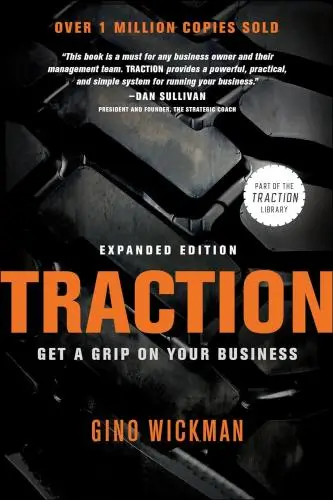
Traction
Gino Wickman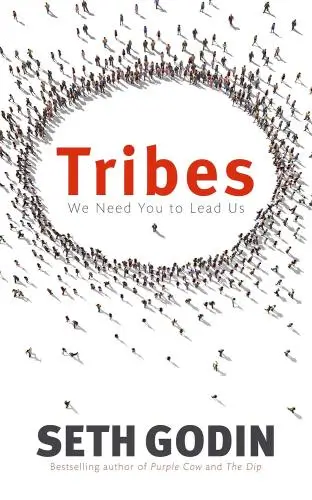
Tribes
Seth Godin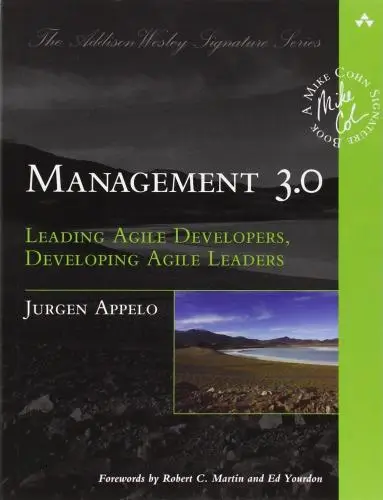
Management 3.0
Jurgen Appelo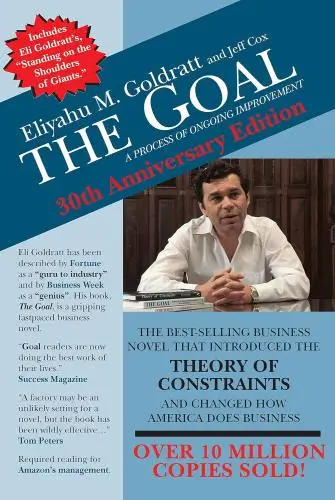
The Goal
Eliyahu M Goldratt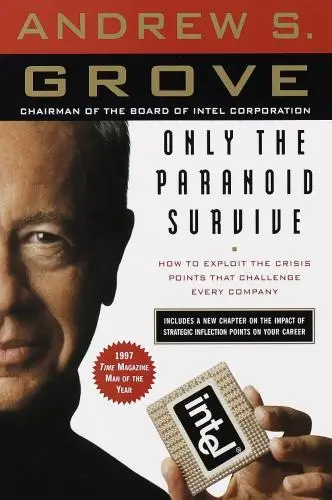
Only the Paranoid Survive
Andrew S. Grove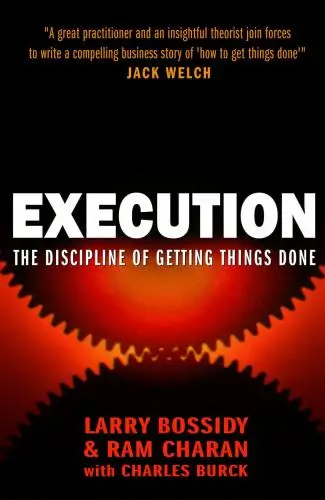
Execution
Larry Bossidy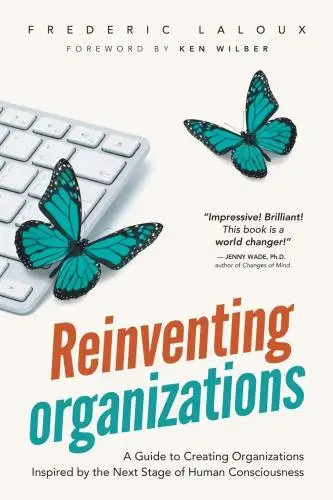
Reinventing Organizations
Frederic Laloux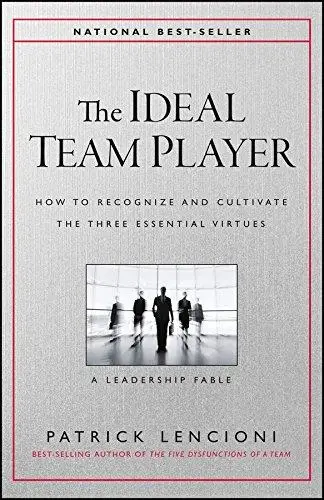
The Ideal Team Player
Patrick M. Lencioni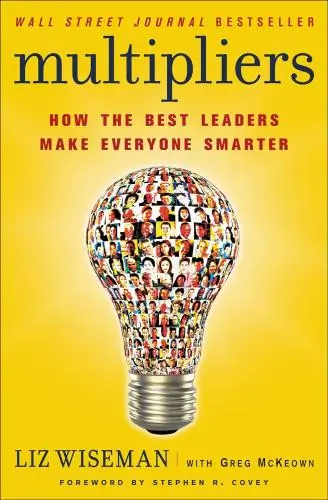
Multipliers
Liz Wiseman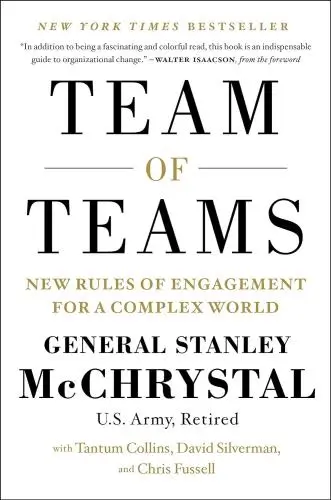
Team of Teams
General Stanley McChrystal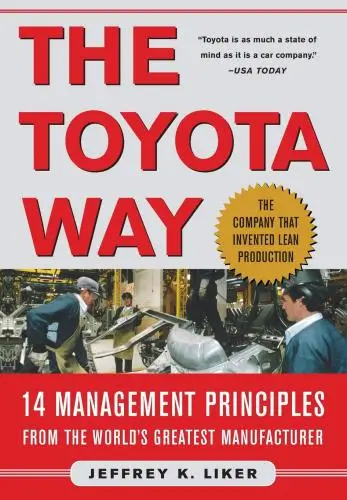
The Toyota Way
Jeffrey LikerTrending Summaries

Peak
Anders Ericsson
Never Split the Difference
Chris Voss
Smart Brevity
Jim VandeHei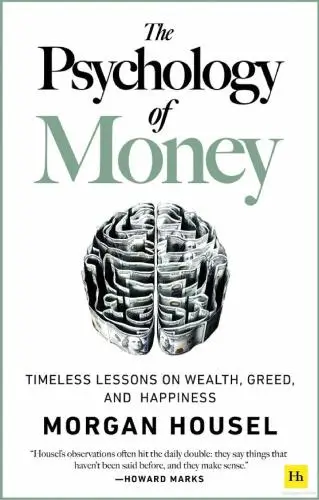
The Psychology of Money
Morgan Housel
The First 90 Days
Michael D. Watkins
Atomic Habits
James Clear
Thinking, Fast and Slow
Daniel Kahneman
The Body Keeps the Score
Bessel van der Kolk M.D.
The Power of Regret
Daniel H. Pink
The Compound Effect
Darren Hardy
How to Win Friends & Influence People
Dale Carnegie
Eat That Frog!
Brian Tracy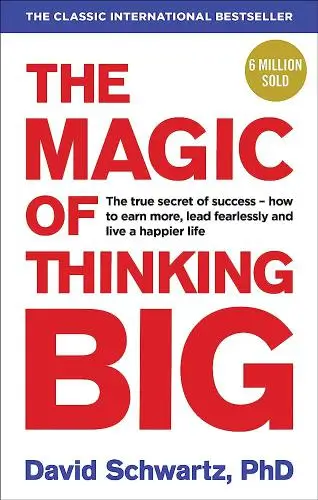
The Magic of Thinking Big
David J. Schwartz
Drive
Daniel H. Pink
Essentialism
Greg McKeownNew Books

The Millionaire Fastlane
MJ DeMarco
Losing My Virginity
Richard Branson
Venture Deals
Brad Feld
48 Days to the Work You Love
Dan Miller
Anything You Want
Derek Sivers
Running Lean
Ash Maurya
Blitzscaling
Reid Hoffman
The Founder's Dilemmas
Noam Wasserman
Founders at Work
Jessica Livingston
The Startup Owner's Manual
Steve Blank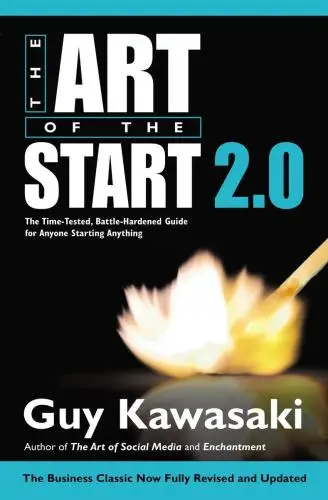
The Art of the Start 2.0
Guy Kawasaki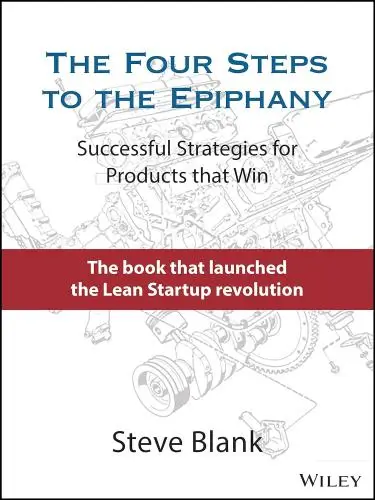
The Four Steps to the Epiphany
Steve Blank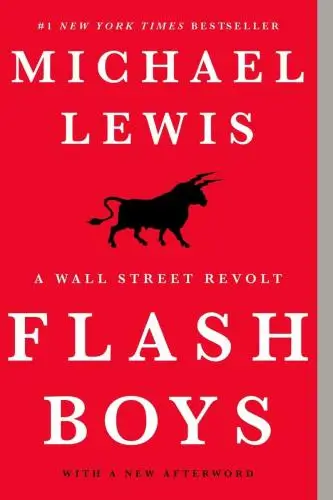
Flash Boys
Michael Lewis
Crush It!
Gary Vaynerchuk
